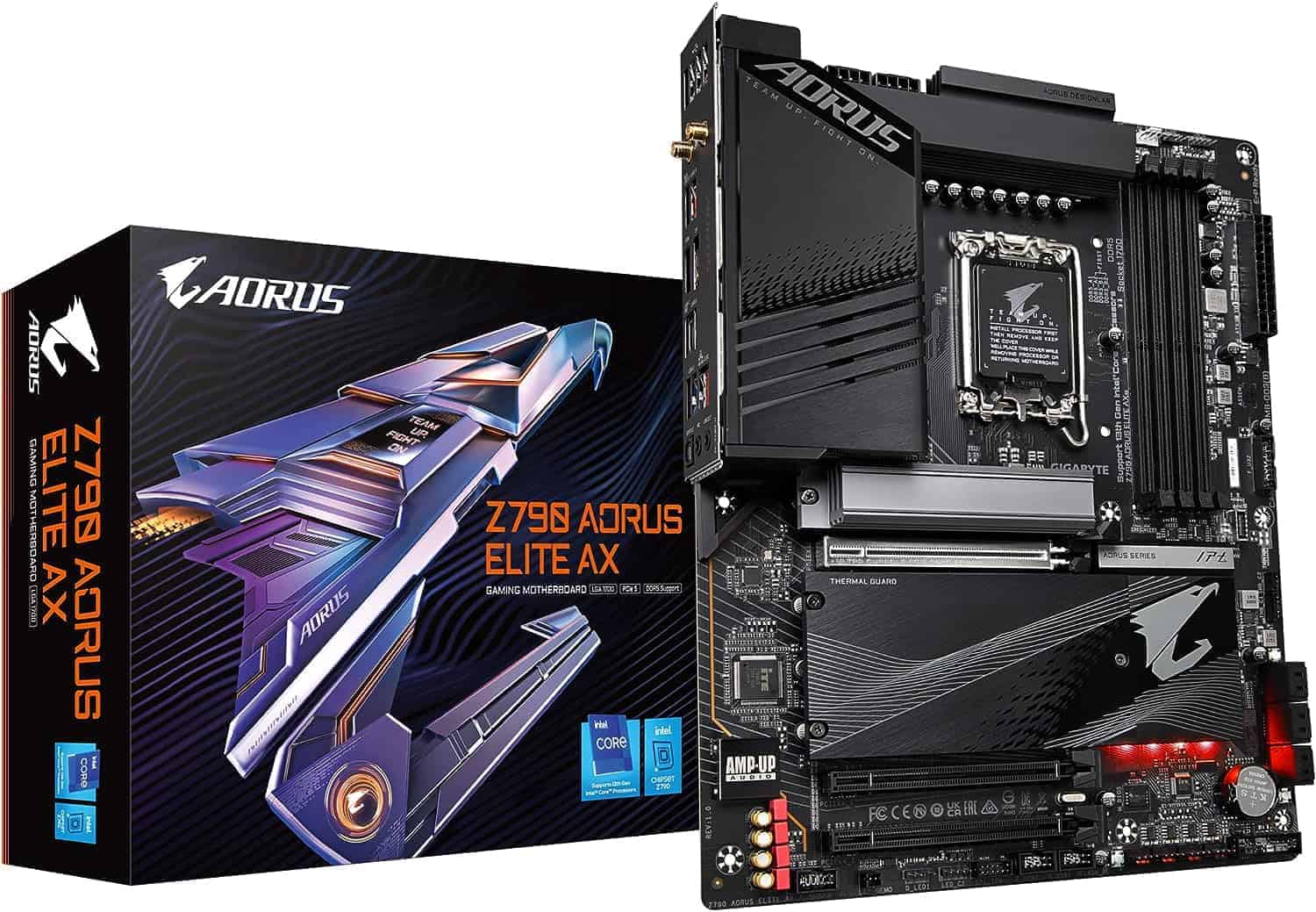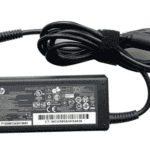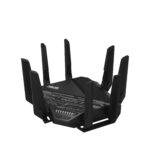When building a new PC with an Intel CPU, choosing between the Z690 and Z790 motherboards is crucial. Both chipsets offer excellent performance and compatibility with 12th, 13th, or 14th Gen Intel processors. However, the Z790 motherboard has an edge with its support for PCIe 5.0 and enhanced memory overclocking. The best choice ultimately depends on your budget, performance needs, and future upgrade plans.
Z690 vs. Z790: Choosing the Right Chipset for Your Build
Feature Comparison
While both Z690 and Z790 chipsets cater to Intel’s 12th and 13th Gen processors, they have subtle differences that impact performance and features. Let’s break them down:
| Feature | Z690 | Z790 |
|---|---|---|
| CPU Support | 12th, 13th, 14th Gen Intel Core processors (LGA 1700) | 12th, 13th, 14th Gen Intel Core processors (LGA 1700) |
| PCIe 5.0 Support | No (PCIe 4.0 only) | Yes, for GPUs and storage |
| Memory Support | DDR5 up to 6400MHz, DDR4 up to 5333MHz | DDR5 up to 7200+MHz (varies by board), DDR4 up to 5333MHz |
| Max RAM Capacity | 128GB | 192GB |
| DMI 4.0 Lanes | x8 | x8 |
| USB 3.2 Gen 2×2 Ports | Up to 2 | Up to 3 |
| Overclocking | Supported | Enhanced support, especially for memory |
| Price | Generally more affordable | Generally more expensive |
Performance Differences
In real-world usage, performance differences between Z690 and Z790 are often negligible for most users. The primary advantage of Z790 lies in its PCIe 5.0 support, which is crucial for future high-speed storage devices and potentially future GPUs. Z790 also tends to offer better memory overclocking capabilities.
Making the Choice
- Z690: A great choice for budget-minded builders or those not needing the absolute latest and greatest features. Offers solid performance and compatibility with 12th and 13th Gen Intel CPUs.
- Z790: Ideal for enthusiasts and those who want the best possible performance, especially in terms of storage and memory speeds. Future-proofing your build with PCIe 5.0 support is also a significant advantage.
Additional Considerations
- Specific Motherboard Features: Beyond the chipset, consider individual motherboard features like the number of M.2 slots, USB ports, audio quality, and networking capabilities.
- Budget: Z790 motherboards tend to be more expensive than their Z690 counterparts. Set a budget and choose the best option that fits your needs.
- Future Plans: If you plan on upgrading to next-gen PCIe 5.0 SSDs or GPUs in the future, Z790 is the better choice.
Z690 vs Z790 Comparison
Here’s a table comparing Z690 and Z790 chipsets:
| Feature | Z690 | Z790 |
|---|---|---|
| CPU Support | 12th Gen Intel Core processors (Alder Lake) | 13th Gen Intel Core processors (Raptor Lake) |
| PCIe 5.0 Lanes | 16 from CPU | 16 from CPU |
| PCIe 4.0 Lanes from Chipset | 12 | 4 (with 8 additional PCIe 3.0 lanes) |
| DDR5 Memory Support | Up to DDR5-6400 | Up to DDR5-6800 |
| USB 3.2 Gen 2×2 Ports | 2 | 3 |
| Thunderbolt 4 Support | Optional | More common due to increased PCIe 4.0 bandwidth |
| Other Features | Intel Optane Memory support | No Intel Optane Memory support |
| Price | Generally more affordable | Usually more expensive |
Key Differences:
- PCIe Lane Allocation: Z790 offers more flexibility for PCIe 4.0 devices, sacrificing PCIe 3.0 lanes.
- DDR5 Memory Speed: Z790 supports slightly faster DDR5 memory.
- USB Connectivity: Z790 has one additional USB 3.2 Gen 2×2 port.
- Thunderbolt 4: Z790 motherboards are more likely to feature Thunderbolt 4 due to increased PCIe 4.0 bandwidth.
- Intel Optane Memory: Z690 supports it, while Z790 does not.
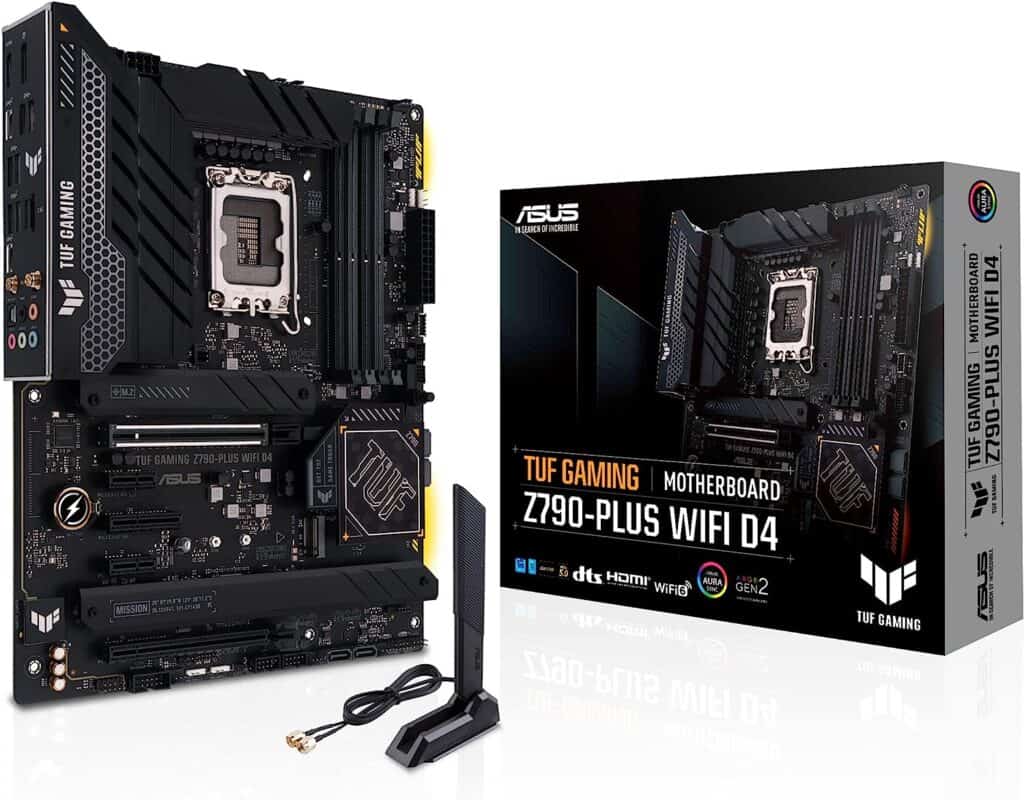
Choosing the Right Chipset:
- Z690: Excellent choice for 12th Gen builds, offering robust features and value for money.
- Z790: Consider for 13th Gen builds that prioritize PCIe 4.0 flexibility, faster DDR5 memory, or Thunderbolt 4 connectivity.
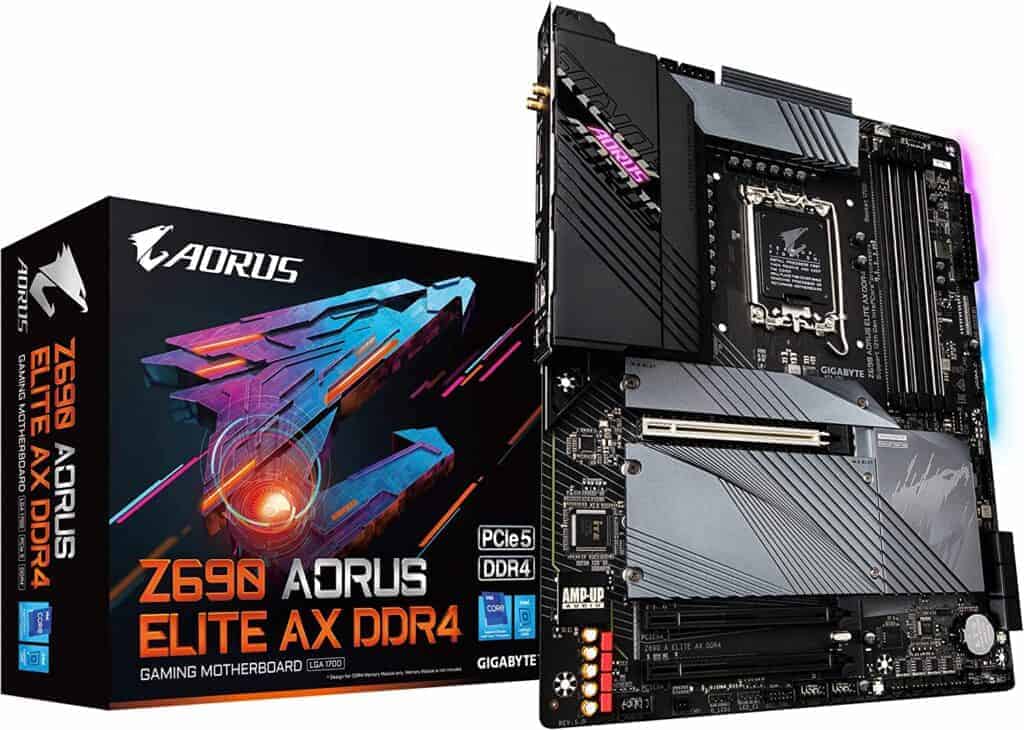
Factors to Consider:
- Budget: Z690 is typically more affordable.
- CPU Choice: Z790 is necessary for 13th Gen processors.
- PCIe Device Needs: Z790 offers more flexibility for PCIe 4.0 devices.
- Memory Speed Requirements: Z790 supports slightly faster DDR5 memory.
- Thunderbolt 4 Requirement: Z790 is more likely to have it.
Key Takeaways
- Performance: Both Z690 and Z790 support Intel’s 12th and 13th Gen processors, but Z790 offers higher memory clock speeds and better VRM (Voltage Regulator Module) quality.
- Memory and Storage: Z790 generally supports faster DDR5 memory and has better NVMe M.2 support.
- Price: Z690 can be more budget-friendly, but the price difference may not be significant for high-end builds.
Understanding the Basics: Z690 and Z790 Chipsets
The Z690 and Z790 chipsets are designed for Intel’s 12th and 13th Gen processors, using the LGA 1700 socket. While they share many similarities, there are key differences that can impact your build.
Memory and Speed
- Z690: Supports DDR4 and DDR5, but with limitations on higher DDR5 speeds.
- Z790: Designed to fully utilize high-speed DDR5 memory, like 7200MHz and above.
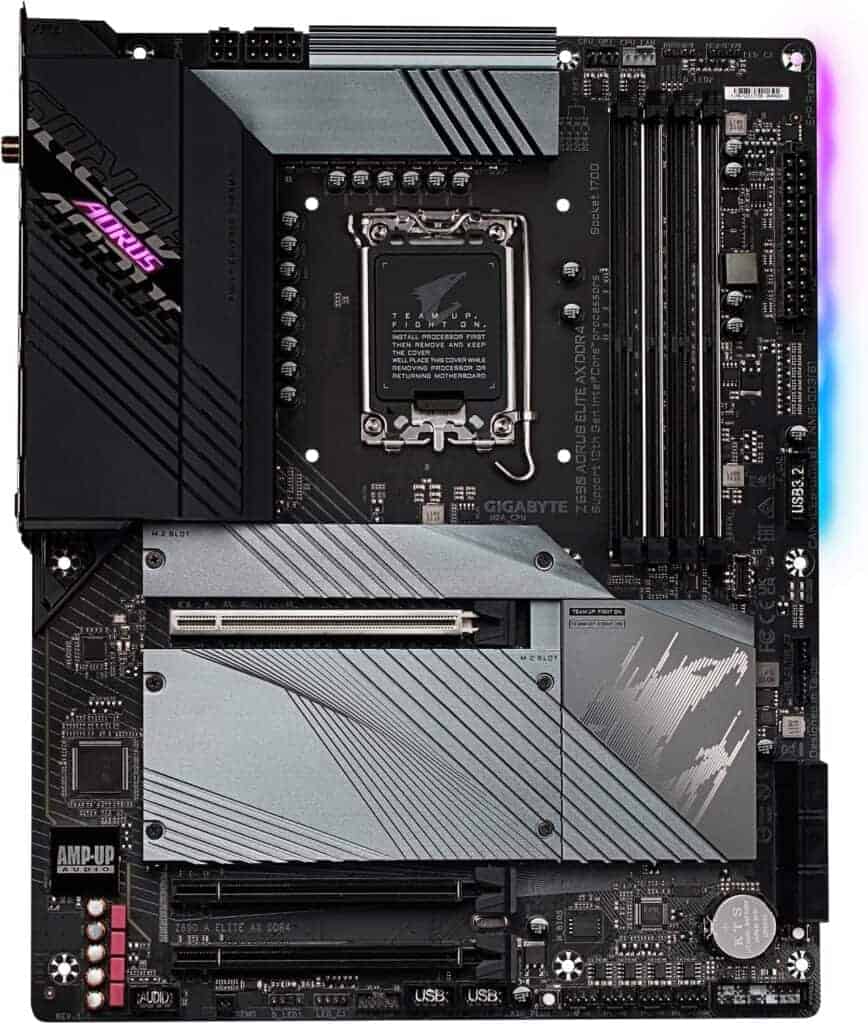
Connectivity and Storage
- Z690: Offers ample connectivity but may lag in the latest standards.
- Z790: Comes with enhanced connectivity options, including improved NVMe M.2 support and USB capabilities.
VRM Quality
- Z790: Generally has better VRM, crucial for stable performance, especially with CPUs like the 14900K.
- Z690: VRM quality varies, with some boards matching their Z790 counterparts.
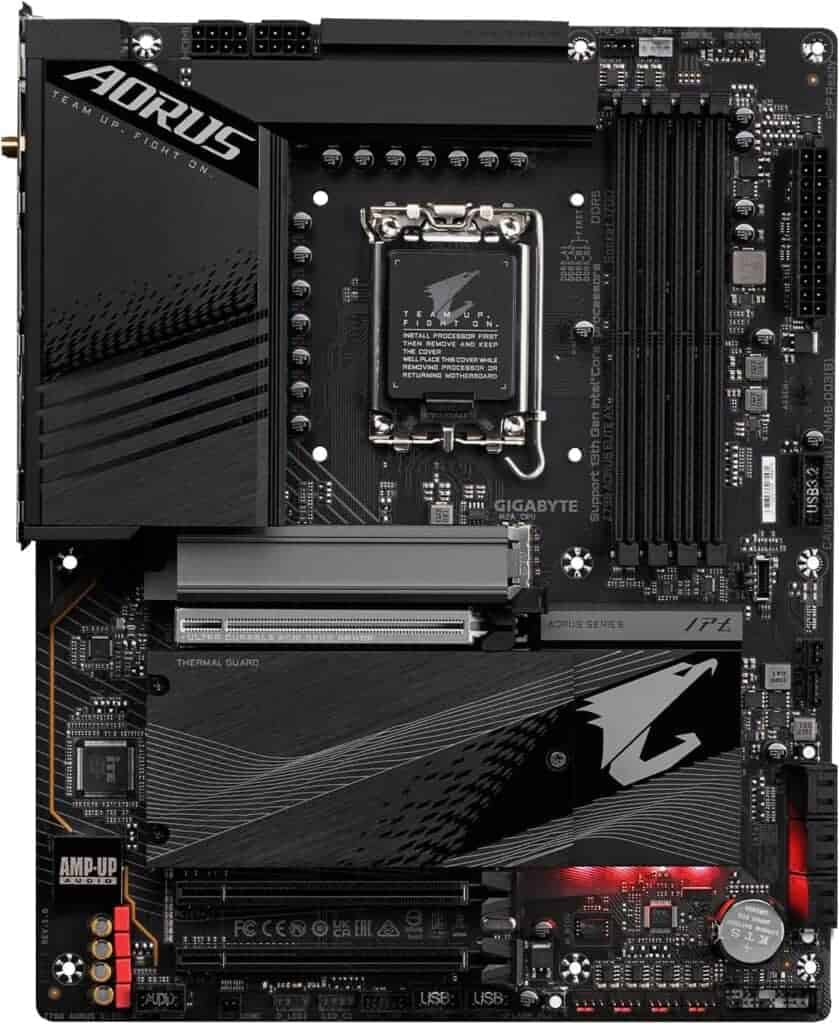
Real-World User Experiences
Reddit users have shared their experiences and opinions, highlighting practical considerations:
- Performance: A user noted regretting not opting for DDR5 with Z690 due to its benefits in newer games.
- Value: Another user found great value in a Z690 setup with overclocked RAM, challenging the notion that Z790 is always the better choice.
- Budget Considerations: For those not chasing the highest DDR5 speeds, Z690 remains a viable and budget-friendly option.
Comparing Top Models: MSI Carbon Z690 vs Z790
A YouTube comparison of MSI’s Z690 and Z790 Carbon models (Watch Here) reveals that while both offer excellent performance, the Z790 has the edge in memory speed and future-proofing.
Practical Scenarios: Which Should You Choose?
- High-End Gaming and Content Creation: If you’re aiming for top-tier performance with the latest Intel CPUs, Z790’s superior memory support and VRM make it the better choice.
- Budget-Conscious Builds: For those on a tighter budget or not requiring the highest memory speeds, Z690 offers great value.
Technical Specifications: A Closer Look
Here’s a comparison table for a quick overview:
| Feature | Z690 | Z790 |
|---|---|---|
| CPU Support | 12th/13th Gen | 12th/13th Gen |
| Memory Support | DDR4/DDR5 (Limited) | DDR5 (Higher Speeds) |
| VRM Quality | Varies | Generally Better |
| Price | More Affordable | Slightly Higher |
The Future of Intel Chipsets
Intel’s continuous innovation means that newer chipsets like Z790 often offer incremental improvements over their predecessors. However, the choice between Z690 and Z790 should be based on your specific needs and budget.
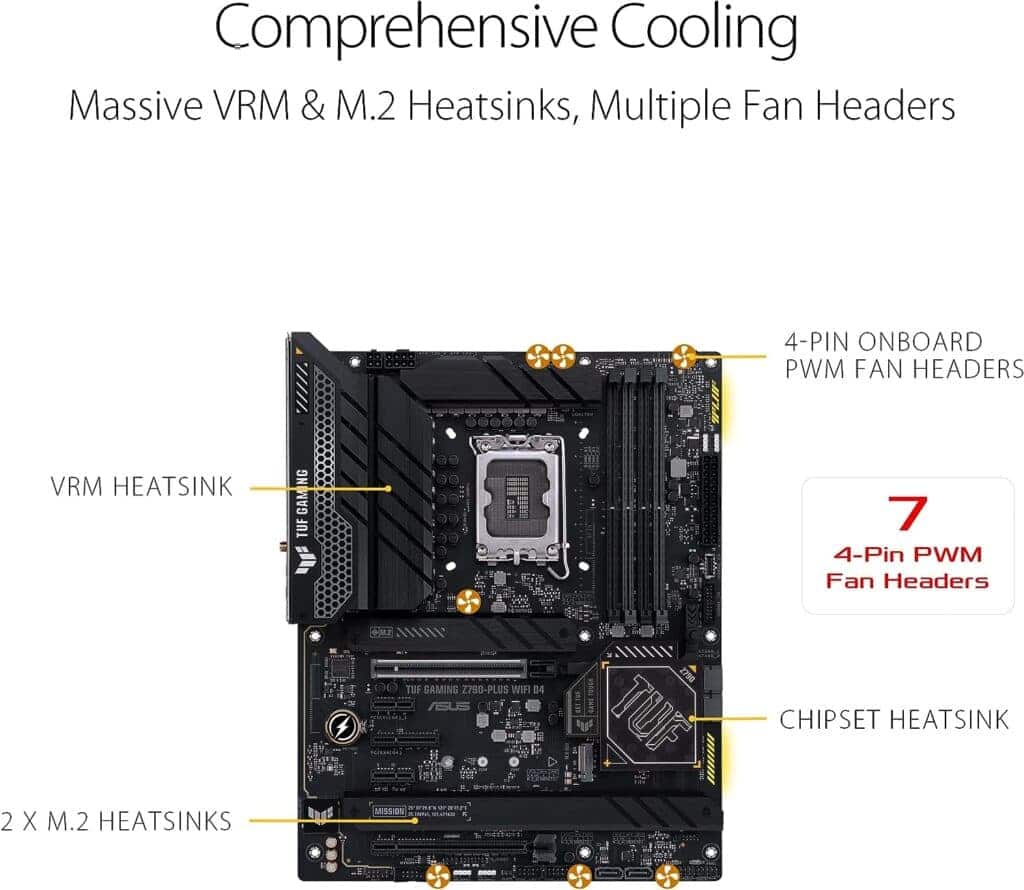
FAQs
Is Z790 worth the extra cost over Z690?
It depends on your needs. If you require high DDR5 speeds and better VRM, Z790 is worth the extra cost. For budget builds, Z690 is still a solid choice.
Can I use DDR4 RAM with Z790?
Some Z790 motherboards support DDR4, but they are primarily designed for DDR5.
Are there significant performance differences between Z690 and Z790?
The performance difference is more pronounced in memory-intensive tasks and gaming, where Z790’s superior DDR5 support shines.
Is Z690 outdated?
No, Z690 is not outdated. It still offers excellent performance, especially for those not chasing the highest DDR5 speeds.
Will Z790 motherboards support future Intel processors?
While Z790 is compatible with 12th and 13th Gen Intel CPUs, future compatibility depends on Intel’s roadmap and socket changes.

